Sed diam voluptua. At vero eos et accusam et justo duo dolores et Lorem ipsum dolor sit amet, consetetur sadipscing elitr. Sed diam voluptua. At vero eos et accusam et justo duo dolores et Lorem ipsum dolor sit amet, consetetur sadipscing elitr.
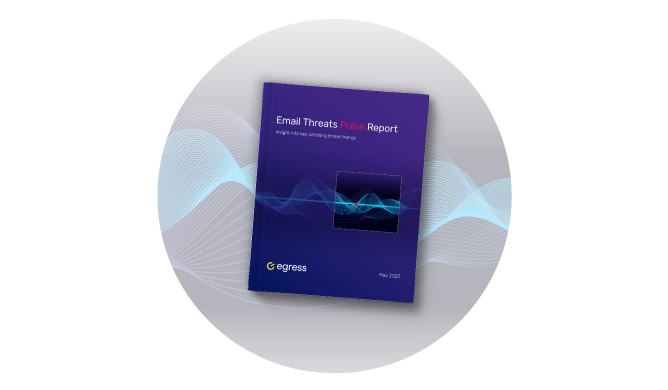
Report
Lorem ipsum dolor sit amet, consectetuer adip
Download this guide to learn:

Lorem ipsum dolor sit amet, consetetur sadipscing elitr, sed diam nonumy eirmod tempor invidunt

Lorem ipsum dolor sit amet, consetetur sadipscing elitr, sed diam.

Sed diam voluptua. At vero eos et accusam et justo duo dolores et Lorem ipsum dolor sit amet, consetetur sadipscing elitr

Lorem ipsum dolor sit amet, consetetur sadipscing elitr, sed diam.
Register to attend
We will send you news and updates by email. You may opt out any time. We’ll store your information in accordance with our privacy policy.
Sed diam voluptua. At vero eos et accusam et justo duo dolores et Lorem ipsum dolor sit amet, consetetur sadipscing elitr.

Lorem ...
Sed diam voluptua. At vero eos et accusam et justo duo dolores et Lorem ipsum dolor sit amit.
Sed diam voluptua. At vero eos et accusam et justo duo dolores et Lorem ipsum dolor sit amet, consetetur sadipscing elitr.

Lorem ...
Sed diam voluptua. At vero eos et accusam et justo duo dolores et Lorem ipsum dolor sit amit.
Sed diam voluptua. At vero eos et accusam et justo duo dolores et Lorem ipsum dolor sit amet, consetetur sadipscing elitr. Sed diam voluptua. At vero eos et accusam et justo duo dolores et Lorem ipsum dolor sit amet, consetetur sadipscing elitr.
Sed diam voluptua. At vero eos et accusam et justo duo dolores et Lorem ipsum dolor sit amet, consetetur sadipscing elitr.

Lorem ...
Sed diam voluptua. At vero eos et accusam et justo duo dolores et Lorem ipsum dolor sit amit.
Sed diam voluptua. At vero eos et accusam et justo duo dolores et Lorem ipsum dolor sit amet, consetetur sadipscing elitr. Sed diam voluptua. At vero eos et accusam et justo duo dolores et Lorem ipsum dolor sit amet, consetetur sadipscing elitr.
Sed diam voluptua. At vero eos et accusam et justo duo dolores et Lorem ipsum dolor sit amet, consetetur sadipscing elitr.

Lorem ...
Sed diam voluptua. At vero eos et accusam et justo duo dolores et Lorem ipsum dolor sit amit.
Sed diam voluptua. At vero eos et accusam et justo duo dolores et Lorem ipsum dolor sit amet, consetetur sadipscing elitr. Sed diam voluptua. At vero eos et accusam et justo duo dolores et Lorem ipsum dolor sit amet, consetetur sadipscing elitr.
Sed diam voluptua. At vero eos et accusam et justo duo dolores et Lorem ipsum dolor sit amet, consetetur sadipscing elitr.

Lorem ...
Sed diam voluptua. At vero eos et accusam et justo duo dolores et Lorem ipsum dolor sit amit.
Sed diam voluptua. At vero eos et accusam et justo duo dolores et Lorem ipsum dolor sit amet, consetetur sadipscing elitr. Sed diam voluptua. At vero eos et accusam et justo duo dolores et Lorem ipsum dolor sit amet, consetetur sadipscing elitr.
Sed diam voluptua. At vero eos et accusam et justo duo dolores et Lorem ipsum dolor sit amet, consetetur sadipscing elitr.

Lorem ...
Sed diam voluptua. At vero eos et accusam et justo duo dolores et Lorem ipsum dolor sit amit.
Sed diam voluptua. At vero eos et accusam et justo duo dolores et Lorem ipsum dolor sit amet, consetetur sadipscing elitr. Sed diam voluptua. At vero eos et accusam et justo duo dolores et Lorem ipsum dolor sit amet, consetetur sadipscing elitr.
Sed diam voluptua. At vero eos et accusam et justo duo dolores et Lorem ipsum dolor sit amet, consetetur sadipscing elitr.

Lorem ...
Sed diam voluptua. At vero eos et accusam et justo duo dolores et Lorem ipsum dolor sit amit.
Sed diam voluptua. At vero eos et accusam et justo duo dolores et Lorem ipsum dolor sit amet, consetetur sadipscing elitr. Sed diam voluptua. At vero eos et accusam et justo duo dolores et Lorem ipsum dolor sit amet, consetetur sadipscing elitr.
Related resources

Sed diam voluptua. At vero eos et accusam et justo duo dolores et Lorem ipsum dolor sit amet

Sed diam voluptua. At vero eos et accusam et justo duo dolores et Lorem ipsum dolor sit amet

Sed diam voluptua. At vero eos et accusam et justo duo dolores et Lorem ipsum dolor sit amet
Sessions
Speakers

Tony Pepper
CEO, Egress

Chris Novak
Cybersecurity Advisor, The White House

Perry Carpenter
Chief Evangelist, KnowBe4
The Mind’s Lie: How to respond to employees’ thoughts and actions being hacked
We’re all wired to deceive and be deceived. Join Perry Carpenter and Jack Chapman for an engaging exploration into the dark world of deception and the current threats people face.
After laying the groundwork on the art and science behind why people fall victim to social engineering, Perry and Jack will walk through practical examples of how cybercriminals exploit our decision-making processes and provide insight into the ways organizations can respond through a combination of technology and education.
Speakers

Tony Pepper
CEO, Egress

Chris Novak
Cybersecurity Advisor, The White House

Perry Carpenter
Chief Evangelist, KnowBe4
The Mind’s Lie: How to respond to employees’ thoughts and actions being hacked
We’re all wired to deceive and be deceived. Join Perry Carpenter and Jack Chapman for an engaging exploration into the dark world of deception and the current threats people face.
After laying the groundwork on the art and science behind why people fall victim to social engineering, Perry and Jack will walk through practical examples of how cybercriminals exploit our decision-making processes and provide insight into the ways organizations can respond through a combination of technology and education.
Speakers

Tony Pepper
CEO, Egress

Chris Novak
Cybersecurity Advisor, The White House

Perry Carpenter
Chief Evangelist, KnowBe4
The Mind’s Lie: How to respond to employees’ thoughts and actions being hacked
We’re all wired to deceive and be deceived. Join Perry Carpenter and Jack Chapman for an engaging exploration into the dark world of deception and the current threats people face.
After laying the groundwork on the art and science behind why people fall victim to social engineering, Perry and Jack will walk through practical examples of how cybercriminals exploit our decision-making processes and provide insight into the ways organizations can respond through a combination of technology and education.
Speakers

Tony Pepper
CEO, Egress

Chris Novak
Cybersecurity Advisor, The White House

Perry Carpenter
Chief Evangelist, KnowBe4
The Mind’s Lie: How to respond to employees’ thoughts and actions being hacked
We’re all wired to deceive and be deceived. Join Perry Carpenter and Jack Chapman for an engaging exploration into the dark world of deception and the current threats people face.
After laying the groundwork on the art and science behind why people fall victim to social engineering, Perry and Jack will walk through practical examples of how cybercriminals exploit our decision-making processes and provide insight into the ways organizations can respond through a combination of technology and education.
Speakers

Tony Pepper
CEO, Egress

Chris Novak
Cybersecurity Advisor, The White House

Perry Carpenter
Chief Evangelist, KnowBe4
The Mind’s Lie: How to respond to employees’ thoughts and actions being hacked
We’re all wired to deceive and be deceived. Join Perry Carpenter and Jack Chapman for an engaging exploration into the dark world of deception and the current threats people face.
After laying the groundwork on the art and science behind why people fall victim to social engineering, Perry and Jack will walk through practical examples of how cybercriminals exploit our decision-making processes and provide insight into the ways organizations can respond through a combination of technology and education.
Speakers

Tony Pepper
CEO, Egress

Chris Novak
Cybersecurity Advisor, The White House

Perry Carpenter
Chief Evangelist, KnowBe4
The Mind’s Lie: How to respond to employees’ thoughts and actions being hacked
We’re all wired to deceive and be deceived. Join Perry Carpenter and Jack Chapman for an engaging exploration into the dark world of deception and the current threats people face.
After laying the groundwork on the art and science behind why people fall victim to social engineering, Perry and Jack will walk through practical examples of how cybercriminals exploit our decision-making processes and provide insight into the ways organizations can respond through a combination of technology and education.
Speakers

Tony Pepper
CEO, Egress

Chris Novak
Cybersecurity Advisor, The White House

Perry Carpenter
Chief Evangelist, KnowBe4
The Mind’s Lie: How to respond to employees’ thoughts and actions being hacked
We’re all wired to deceive and be deceived. Join Perry Carpenter and Jack Chapman for an engaging exploration into the dark world of deception and the current threats people face.
After laying the groundwork on the art and science behind why people fall victim to social engineering, Perry and Jack will walk through practical examples of how cybercriminals exploit our decision-making processes and provide insight into the ways organizations can respond through a combination of technology and education.
I'm a header that can be moved anywhere
I'm a header that can be moved anywhere
I'm some paragraph text to go with the header

Download the full report
121%
increase in use of legitimate URLs as carriers for malicious payloads
71%
of malicious payloads were HTML smuggling attacks
51%
increase in attacks sent from compromised accounts
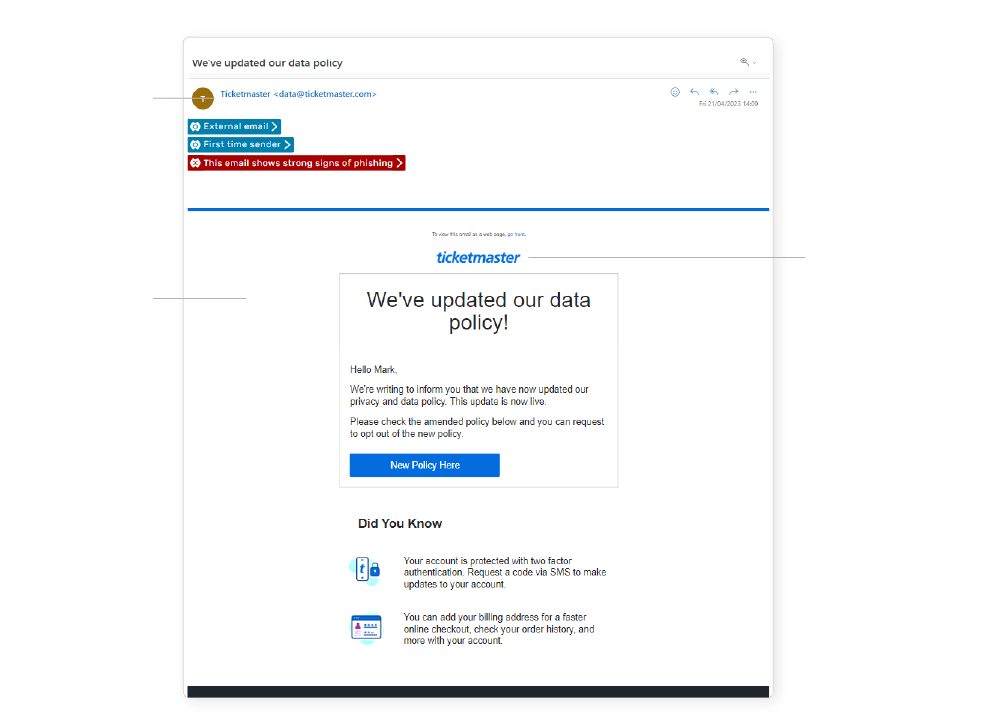
Find out how attacks are designed to bypass domain-based inspection
Understand how compromised legitimate accounts are being used by cybercriminals

Out of 800 IT leaders...
Defense-in-depth is a popular strategy. Yet despite organizations constantly adding more layers to their security stacks, they remain vulnerable to inbound attacks and outbound breaches.
This report explores the drawbacks of introducing too many vendors and security technologies into your business, and why streamlining around one or several vendor suites can improve overall security.

Out of 800 IT leaders...
Defense-in-depth is a popular strategy. Yet despite organizations constantly adding more layers to their security stacks, they remain vulnerable to inbound attacks and outbound breaches.
This report explores the drawbacks of introducing too many vendors and security technologies into your business, and why streamlining around one or several vendor suites can improve overall security.

Lorem ipsum dolor sit amet consectetur adipisicing elit. Eveniet quibusdam quis sit.

Minima mollitia optio esse est blanditiis ex possimus provident officia, enim libero quo sapiente quod porro.
Get insight into the ways cybercriminals target C-suite executives
Spike in phishing emails sent from compromised accounts
Understand how compromised legitimate accounts are being used by cybercriminals, with analysis of the types of payload being delivered and insight into the use of HTML smuggling to obfuscate malware. Additionally see how a business email compromise (BEC) attack plays out by leveraging social engineering tactics.

Out of 800 IT leaders...
Defense-in-depth is a popular strategy. Yet despite organizations constantly adding more layers to their security stacks, they remain vulnerable to inbound attacks and outbound breaches.
This report explores the drawbacks of introducing too many vendors and security technologies into your business, and why streamlining around one or several vendor suites can improve overall security.

Out of 800 IT leaders...
Defense-in-depth is a popular strategy. Yet despite organizations constantly adding more layers to their security stacks, they remain vulnerable to inbound attacks and outbound breaches.
This report explores the drawbacks of introducing too many vendors and security technologies into your business, and why streamlining around one or several vendor suites can improve overall security.

Earum enim voluptatum animi quisquam voluptates hic aliquid necessitatibus magni fugit rerum

Numquam quo tenetur dicta quibusdam officiis. Labore aliquam ducimus obcaecati
Out of 800 IT leaders...
Defense-in-depth is a popular strategy. Yet despite organizations constantly adding more layers to their security stacks, they remain vulnerable to inbound attacks and outbound breaches.
This report explores the drawbacks of introducing too many vendors and security technologies into your business, and why streamlining around one or several vendor suites can improve overall security.
Out of 800 IT leaders...
Defense-in-depth is a popular strategy. Yet despite organizations constantly adding more layers to their security stacks, they remain vulnerable to inbound attacks and outbound breaches.
This report explores the drawbacks of introducing too many vendors and security technologies into your business, and why streamlining around one or several vendor suites can improve overall security.
Out of 800 IT leaders...
Defense-in-depth is a popular strategy. Yet despite organizations constantly adding more layers to their security stacks, they remain vulnerable to inbound attacks and outbound breaches.
This report explores the drawbacks of introducing too many vendors and security technologies into your business, and why streamlining around one or several vendor suites can improve overall security.
Out of 800 IT leaders...
Defense-in-depth is a popular strategy. Yet despite organizations constantly adding more layers to their security stacks, they remain vulnerable to inbound attacks and outbound breaches.
This report explores the drawbacks of introducing too many vendors and security technologies into your business, and why streamlining around one or several vendor suites can improve overall security.
Out of 800 IT leaders...
Defense-in-depth is a popular strategy. Yet despite organizations constantly adding more layers to their security stacks, they remain vulnerable to inbound attacks and outbound breaches.
This report explores the drawbacks of introducing too many vendors and security technologies into your business, and why streamlining around one or several vendor suites can improve overall security.
Out of 800 IT leaders...
Defense-in-depth is a popular strategy. Yet despite organizations constantly adding more layers to their security stacks, they remain vulnerable to inbound attacks and outbound breaches.
This report explores the drawbacks of introducing too many vendors and security technologies into your business, and why streamlining around one or several vendor suites can improve overall security.
Accusamus molestiae corporis delectus rerum mollitia?
Sed, officia. Minima mollitia optio esse est blanditiis ex possimus provident.

92%
implement a defense-in-depth strategy
49%
feel their security stack is too complex


As cybercriminals continue to evolve their attack techniques, we are publishing this report to highlight emerging attack methodologies and trends.
Jack Chapman, VP of Threat Intelligence, Egress


Lorem ipsum dolor sit amet, consetetur sadipscing elitr, sed diam nonumy eirmod tempor invidunt ut labore et dolore magna aliquyam erat, sed diam voluptua.
John Smith, Head of Security at Browns Ltd.
92%
implement a defense-in-depth strategy
49%
feel their security stack is too complex

Download your free report

Download your free report
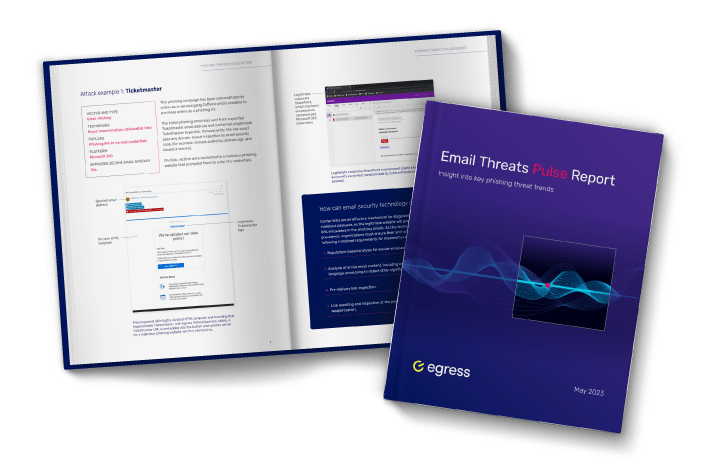

© 2007-2024. All rights reserved. Egress Software Technologies Ltd.